20+ Years Experience
Specialist Telehandler Hire
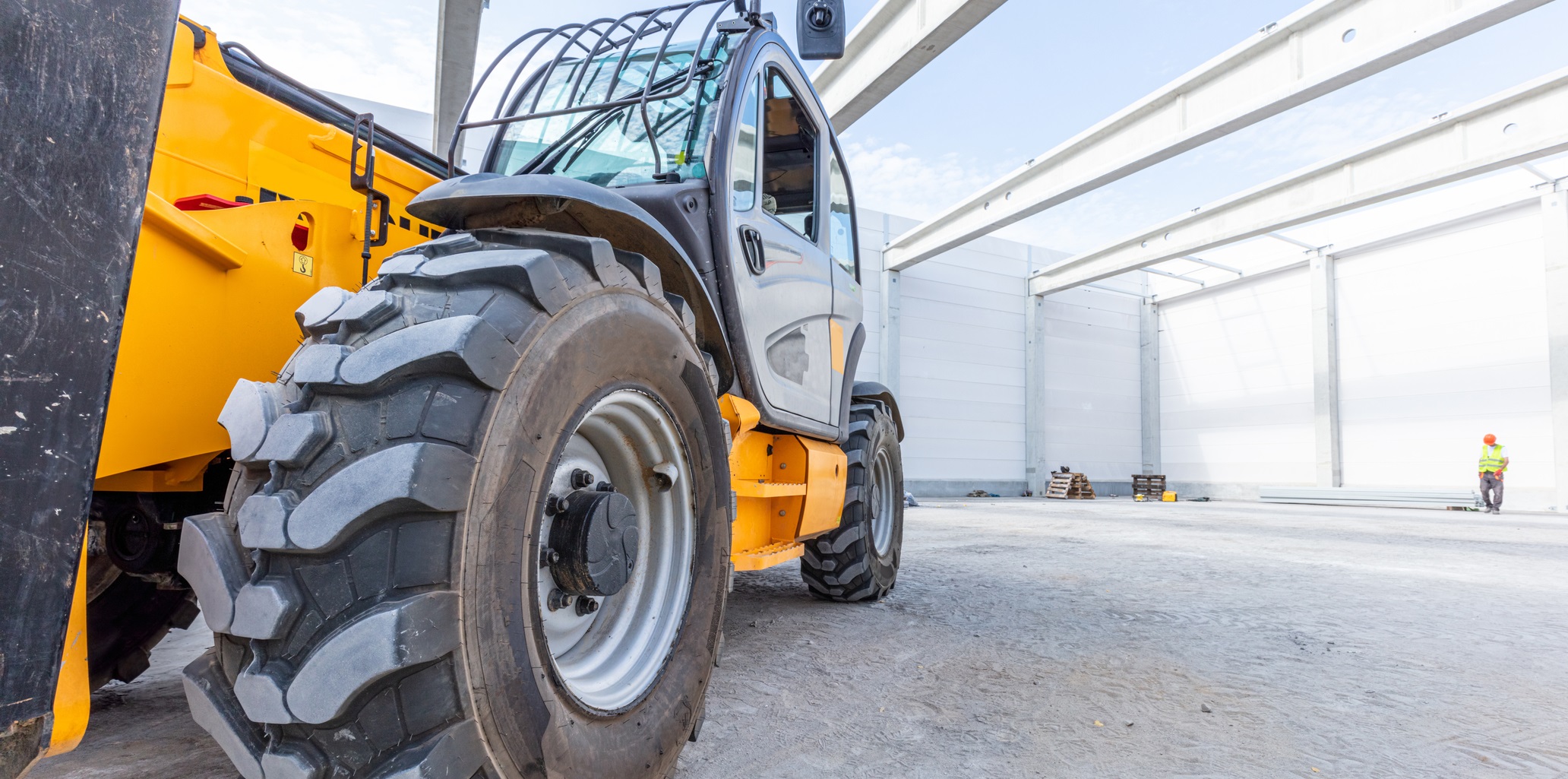
Enquire Today For A Free No Obligation Quote
We all know telehandler operator jobs can be hard work, so it only makes sense to ensure your equipment is in top shape to ensure a smooth ride. But how do you go about maintaining your telehandler to ensure it is running like a champ? Well, that’s where these five tips come in! Today, we’ll be discussing the best methods for keeping your telehandler in mint condition. From maintenance checklists to wear-and-tear prevention, we’ve got you covered. So grab your tools and get ready to get your telehandler in tip-top shape – the easy way!
It is important to maintain your telehandler in good condition for the maximum efficiency and safety. Some tips to keep it in good condition include regular maintenance checks, inspection of any worn parts, cleaning of all philtres and lubrication of moving parts.
Checking the operator and carrying out daily maintenance of a telehandler is essential for keeping it running smoothly. To ensure the best performance, operators must always have up-to-date training and understand how to properly utilise the equipment. Operators must also be aware that this type of machine should be inspected before use and any observed problems reported immediately to their supervisor.
On a daily basis, the telehandler should be visually inspected for any visible signs of wear or damage. Things like loose bolts, cracked seals and damaged tyres should all be checked for and repaired as soon as possible. Monitoring fluid levels is also important. This can help to detect small leakages which will eventually turn into major repairs if left unchecked. The machine should also be operated on level terrain and in accordance with its safety instructions.
When it comes to maintaining a telehandler, there are two schools of thought concerning how often servicing should take place. On one hand, some experts suggest that routine servicing should take place at least once every month regardless of usage. On the other hand, others recommend that servicing should only be done when necessary depending on how much use the machine has seen since its last service date. Ultimately, making this decision is at the discretion of the owner or operator considering their budget and schedule plans.
Regardless of the service intervals chosen, proper checkups are key to keeping your telehandler in top shape and avoiding downtime due to unplanned repair jobs. In the next section we’ll look at how frequently fluid levels and fuel grade should be checked.
Proper maintainance and safety inspections are essential for proper functioning of a telehandler machine. Inspections should include visual inspection for wear or damage and monitoring fluid levels. Frequency of servicing depends on the budget and schedule plans, but should happen at least once per month regardless of usage. Regular checkups are key to avoiding costly unplanned repairs.
Checking fluid levels and the fuel grade is an essential part of maintaining your telehandler’s optimal performance. This will ensure that all the necessary operations of your machine are carried out with improved efficiency.
Fluid levels should be checked regularly. This can be done by checking the coolant level in the radiator, as well as checking the oil level in the engine and transmission. If the oil levels are low, they need to be topped up immediately. In most cases, diesel fuel should also be monitored on a regular basis and only use premium diesel fuel to prevent damage to the engine.
The fuel grade is also essential to consider when maintaining your telehandler. Low quality fuel may contain impurities which could damage or clog vital parts of the engine. As such, it is highly recommended to use high-grade fuel whenever possible as this will help extend your telehandler’s lifespan and reduce costs associated with repair and replacement parts under warranty.
Using premium grade fuels will also enhance efficiency and performance of your machine, ensuring your telehandler has enough power for heavy loads or any other tasks you may have.
Finally, make sure that you check the source from which you purchase your diesel too. Ensure it is a reputable source who provides a guarantee on quality and reliability of their products.
All these factors should be taken into account when checking fluid levels and fuel grades of your telehandler; this will ensure it remains running efficiently for years to come, reducing long term maintenance costs further down the line.
Now that we’ve discussed how important it is to maintain fluid levels and the proper fuel grade for keeping your telehandler in top shape, let’s move on to discuss how important it is to maintain the fuel tank itself.
Maintaining the fuel tank is an essential step towards keeping your telehandler in top shape and prolonging its life. Over time, dirt and other substances can accumulate in the tank which will affect the performance of your machine. It’s important to clean out the tank on a regular basis, as well as check that it is properly sealed and there are no signs of pollution or corrosion.
To keep your fuel tank clean, you should use a clean cloth to wipe down the outside of the tank on a regular basis; then, use a chemical-based cleaner to remove any grease or sludge from inside the tank. After cleaning, make sure it’s completely dry and free from any debris before refilling it with fuel. If you do notice signs of corrosion, immediately replace any damaged components or contact a qualified mechanic for further inspection. Additionally, always check for leaks around pipes and hoses connecting to the tank to ensure none have developed over time.
It is also important to maintain proper levels for your fuel tanks. Keep in mind that you should never fill your fuel tank more than 90% to avoid overflow and contamination due to expansion during hot days. Furthermore, it is recommended that you top off your fuel tanks weekly or biweekly depending on usage to ensure that you always have enough fuel.
By maintaining and regularly inspecting your fuel tanks, you can ensure that your telehandler is running at maximum efficiency while avoiding costly repair bills down the road. In doing so, it is equally important to inspect engine oil and lubricants in order to keep your machine functioning effectively.
Maintaining the engine oil and lubricant systems is essential for keeping your telehandler in top shape. Regular inspections of the engine oil level should be conducted to ensure that the engine has adequate amounts of oil, as it helps protect critical engine components from wear and tear. It’s also important to inspect the lubricants frequency to make sure they are up to manufacturers specifications, as they help maintain optimal efficiency levels. The type of lubricant used will depend on the specific model of telehandler- consult the owner’s manual for more information or contact a certified dealer if you have questions.
It’s important to note that overfilling the engine oil can create pressure on the crankshaft, resulting in costly repairs. Underfilling it can drastically decrease the performance and put undue stress on vital parts like the crankshaft and bearings, eventually leading to them breaking down faster than normal. Therefore, checking the engine oil at an appropriate level should always be done.
To keep your telehandler in top shape, conduct routine inspections of both your engine oil and lubricants. If you’re unsure about how often to check these, consult your owner’s manual or contact a certified dealer for advice.
The next step for keeping your telehandler in top shape is to check and replace the philtres regularly.
Checking and replacing philtres on your telehandler at regular intervals is essential to its preservation and optimising performance. The hydraulic system is particularly sensitive to dirt and particles, so the quality of the engine oil, including its philtres, needs to be regularly monitored to make sure it is always in peak condition. Failing to do so can cause internal blockages, decrease performances, and damage parts that could cost you more money to replace than maintaining them properly would have.
On the other hand, too frequent philtre changes often result in an unnecessary expenditure of time and resources with minimal returns. Therefore, it’s important to perform periodic checks and determine how often your particular type of equipment requires philtre-replacement. Manufacturer’s specifications can guide you in making this decision. Generally speaking, philtres should be changed sooner if they are already showing signs of wear or contamination than if they have only been used a few times.
Overall, the upkeep of philtres on your telehandler will help ensure cleanliness and improve performance over time. Investing a little time in keeping a good maintenance schedule on these components today could save you money in the long run as well as increase longevity of your machine. Now let’s move onto safety and performance inspections – another must-have step for keeping your telehandler running efficiently.
In order to ensure the telehandler is functioning properly, safety and performance inspections should be conducted regularly. Without regular inspections, operators may miss vital signs of poor performance or malfunction that could be otherwise noticed and addressed. The most common inspection target areas are checking for loose nuts, bolts, and fasteners; inspecting moving parts such as lift arms and boom arms; testing safety features such as brakes, lights, horn, and seatbelt; and visual inspection for any leaks from hoses or fluids.
Since these types of inspections require for an operator to perform a variety of checks, it’s essential that these tasks are followed closely in a timely manner. Not only will this prevent any weakened parts due to flaws or wear down over time but also avoid serious injury to the operator if the machine malfunctions. Ultimately, this will keep the equipment in top shape and ensure that it is used safely and efficiently.
A potential argument against regular safety and performance inspections could be that they take too much time away from other tasks. While it’s important to acknowledge the time it takes to maintain the telehandler with detailed safety checks, the cost savings that come with avoiding costly repairs should not be underestimated. By investing small amounts of time into regular care and maintenance practises, operators can save money on expensive repairs or replacement costs caused by improperly maintained machinery.
With proper attention given to safety and performance inspections, operators can transition smoothly into the next steps of telehandler care which involve proper storage practises.
Proper storage is a critical part of keeping your telehandler in top shape. While some may think storing the telehandler outdoors is alright, proper indoor storage is the ideal option. It will keep the machinery in good condition and out of the elements. Storing it indoors will also reduce air contaminants like dust, dirt, and moisture that can potentially corrode parts of your telehandler.
However, storing the telehandler indoors may be inconvenient or too costly for some operators. In these cases, additional preventative measures should be taken to protect it from bad weather conditions. Keep your telehandler covered with a tarp and store it in an area that’s free from debris and away from direct sunlight. Parking brakes should be locked, and all fluids topped if needed.
Additionally, if you don’t plan on using the telehandler for prolonged periods of time (more than 6-8 weeks), then draining fuel tanks can help prevent rusting or rust build-up inside them. This will also help safeguard against leaks while in storage.
If you follow these guidelines, your telehandler will be properly cared for during a period of non-use and remain safe until you need to use it again. With proper storage, you can rest assured that your machine will remain in optimal condition for years to come.
It is important to conclude with a final overview summarising all key points throughout the article:
In conclusion, proper storage of your telehandler should not be overlooked when it comes to keeping your machine in top working order. Store it indoors whenever possible; cover it with a tarp and park in an area free from debris otherwise; lock parking brakes and top off fluids if necessary; and draining fuel tanks before extended periods of non-use can help ensure maximum machine safety—ultimately helping your machine last for many years ahead.
To wrap things up, let’s dive into our final section about “Conclusion”.
Maintaining your telehandler on a regular basis is key to ensure its effective functioning, safety, and longevity. With the five tips outlined above you can have full confidence that your telehandler is running at its peak performance level. By taking immediate steps to investigate any leaks, regularly checking oil levels, and cleaning off dirt/debris, you can prevent small issues from becoming larger problems down the line. Additionally, always remember to take the time to make sure your telehandler is properly serviced and inspected before each use. Lastly, if you are ever unsure about something related to your telehandler, make sure you consult a dealer or professional – it’s better to be safe than sorry!
These steps will help you keep your telehandler in top shape, allowing it to serve you well for years to come. Taking proactive solutions can save you substantial costs compared to repairing major issues after they occur. Ultimately, following the suggested tips outlined in this article is essential in maintaining a safe and efficient workplace.
It is recommended that a telehandler be serviced by a professional technician on an annual basis. During the servicing, all components of the equipment should be inspected for signs of wear and tear, checking for any issues that could lead to decreased performance or potential safety hazards. In addition, fluid levels, philtres and other consumable items should be checked as part of the routine maintenance schedule. If any unexpected changes in performance or operation occur between regular check-ups, it is important to have the telehandler serviced immediately to avoid any further damages.
The potential consequences of not maintaining a telehandler can be significant and damaging to both the machine and its operator. Without regular maintenance, the telehandler may become unreliable, inefficient, or even dangerous to operate. Not only could this lead to costly repairs or replacements of parts, but it can also put the operator at risk for injury due to improper function. Specifically, an unmaintained telehandler is more likely to unexpectedly stop running, which could cause its boom or other attachments to fall and injure someone nearby. In addition, failure to properly maintain philtres could result in increased wear on the telehandler’s components leading to decreased performance, premature breakdowns, and reduced lifespan of the machine. Finally, lack of regular maintenance often results in higher fuel consumption as well as a greater production risks as a result of operational impairments. To ensure safety and maximise performance, it’s essential that all telehandlers receive regular maintenance and upkeep.
A regular maintenance routine for a telehandler should include checking and maintaining the machine’s fluid levels, inspecting the brakes and lines for any leaks or damage, greasing all moving parts, cleaning and lubricating exposed pins and bushings, and ensuring that all philtres are replaced as recommended. Additionally, it is important to inspect the tyres, ensure lights are functioning properly, and check the boom working range against the full lift capacity. Staying up to date with these tasks will help ensure that your telehandler remains in top condition.
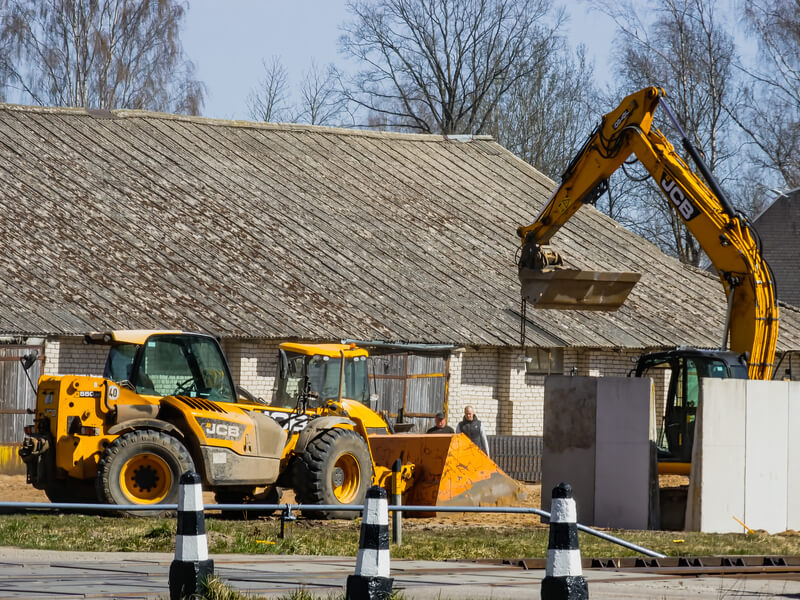
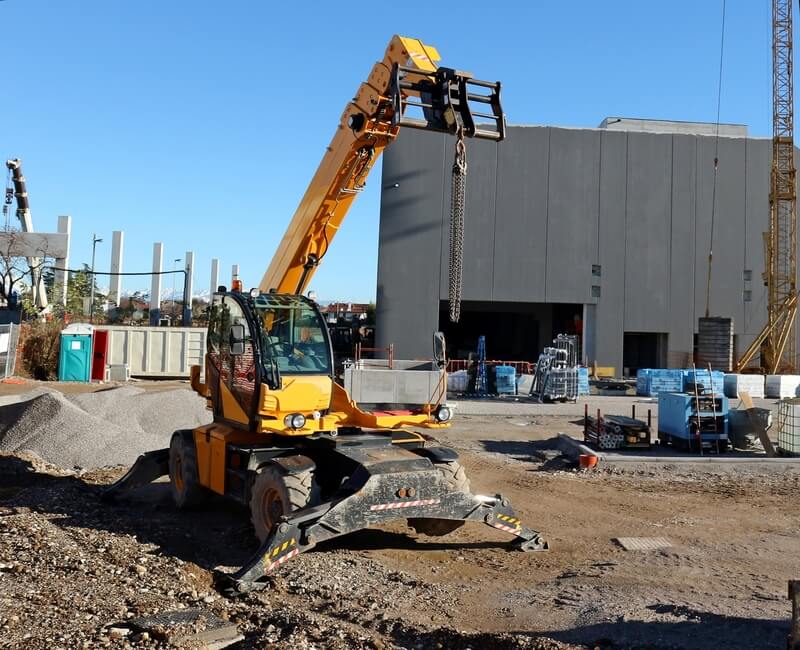
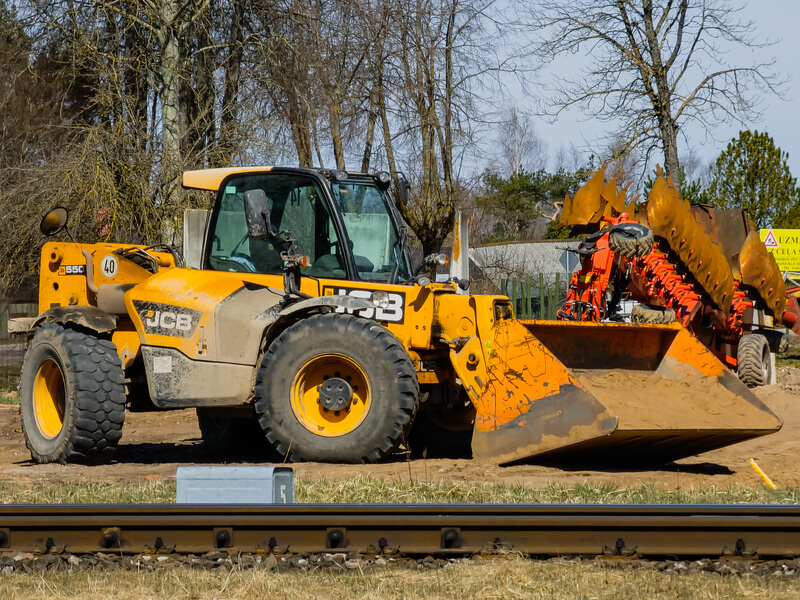
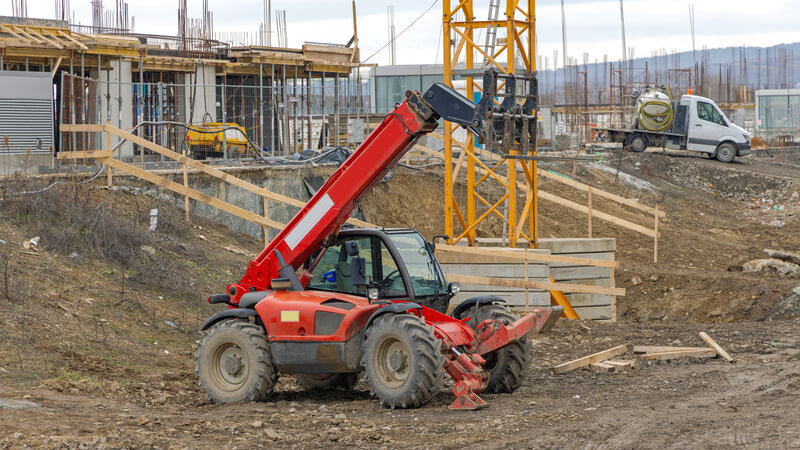
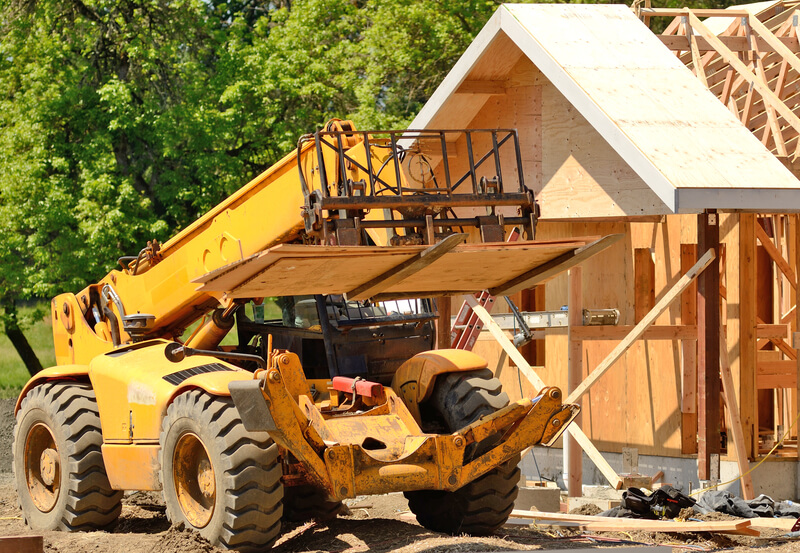
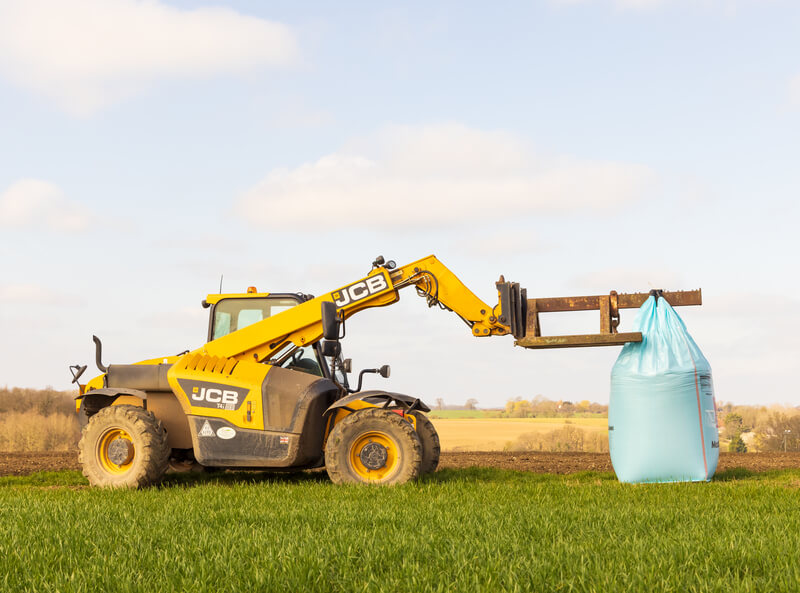
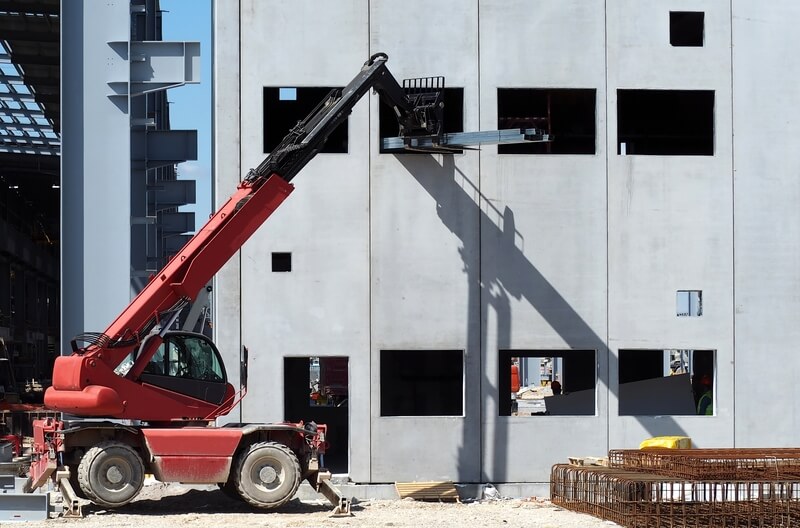

We Aim To Reply To All Enquiries With-in 24-Hours